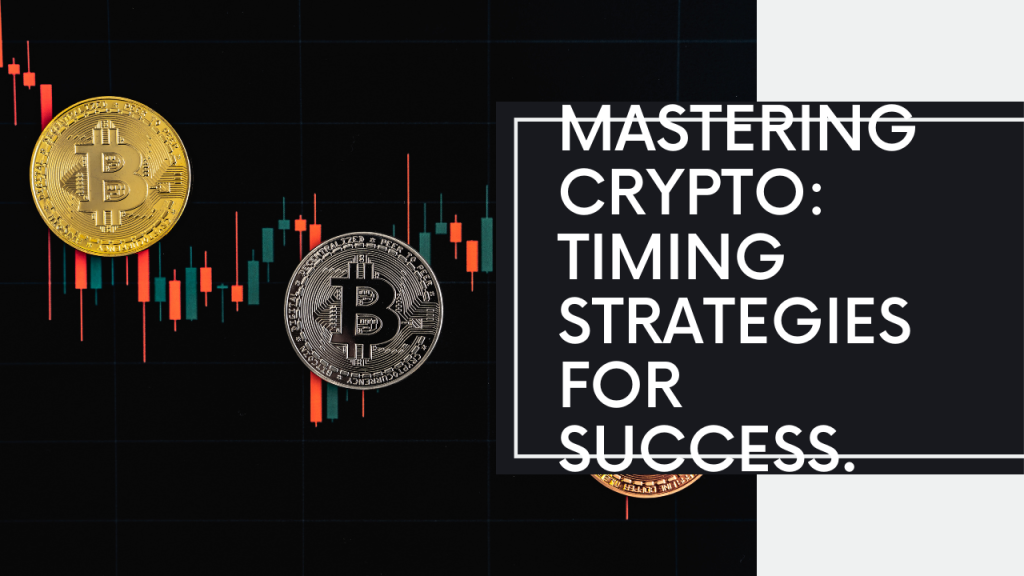Timing plays a crucial role in the success of buying and selling cryptocurrencies. Whether you’re a seasoned trader or a novice investor, understanding effective timing strategies can help maximize profits and minimize losses in the volatile crypto market. Here are some strategies for timing your cryptocurrency trades:
- Technical analysis: Technical analysis involves studying price charts, indicators, and trading patterns to identify trends and predict future price movements. Common technical indicators used in cryptocurrency trading include moving averages, relative strength index (RSI), and Fibonacci retracement levels. By analyzing historical price data and market trends, traders can make more informed decisions about when to buy and sell cryptocurrencies.
- Fundamental analysis: Fundamental analysis focuses on evaluating the intrinsic value of cryptocurrencies based on factors such as technology, adoption, development team, and market demand. Researching the underlying fundamentals of a cryptocurrency project can help investors identify long-term investment opportunities and assess its growth potential. Keep an eye on news and developments that could impact the value of the cryptocurrency you’re trading.
- Market sentiment analysis: Market sentiment refers to the overall mood and attitude of traders and investors towards a particular cryptocurrency or the market as a whole. Monitoring social media, forums, and news sources can provide valuable insights into market sentiment and help traders gauge market sentiment. However, it’s essential to exercise caution and verify information from reliable sources, as sentiment can be influenced by rumors and speculation.
- Dollar-cost averaging (DCA): Dollar-cost averaging involves investing a fixed amount of money in a cryptocurrency at regular intervals, regardless of its price fluctuations. DCA allows investors to average out the cost of their investments over time and reduce the impact of short-term price volatility. This strategy is particularly suitable for long-term investors looking to accumulate cryptocurrencies gradually without trying to time the market.
- Setting entry and exit points: Before entering a trade, it’s essential to define clear entry and exit points based on your trading strategy and risk tolerance. Determine the price levels at which you’ll buy (entry point) and sell (exit point) a cryptocurrency, and stick to your plan to avoid emotional decision-making. Implementing stop-loss and take-profit orders can help automate your trades and protect your investment from significant losses.
- Stay disciplined and patient: Successful cryptocurrency trading requires discipline, patience, and a long-term perspective. Avoid making impulsive decisions based on emotions or short-term price fluctuations. Stick to your trading plan, manage risks wisely, and be prepared to adapt to changing market conditions.
By incorporating these timing strategies into your cryptocurrency trading approach, you can increase your chances of success and navigate the market more effectively. Remember to stay informed, remain disciplined, and continually refine your trading strategies based on experience and market feedback.


